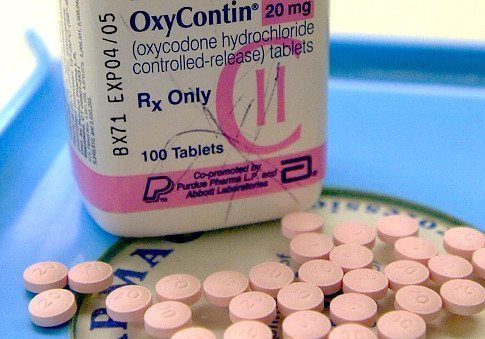The Golden Age Of Marijuana Research Has Begun
Despite their refusal to reschedule marijuana, the DEA is making it slightly easier to study marijuana. It’s an important step forward that may expose the potential marijuana has as medicine. Up to this point, researchers have had to depend on just one farm at the University of Mississippi to supply cannabis for all studies.
At this point, eight States have legalized recreational marijuana, and 28 states now allow medical marijuana. Marijuana is still Federally illegal. Despite the DEA’s refusal to reclassify, marijuana has a broad list of potential medical applications, from treating pain to neurological diseases. Further study could open even more new medical treatments.
“Researchers who conduct experimental studies and administer cannabis to their research participants have difficulty obtaining cannabis for their research,” says Madeline Meier, assistant professor of psychology at Arizona State University, who has studied the safety of long term marijuana use. But the end to a 50-year monopoly on medical research marijuana will change that, potentially opening up new areas of medical utility and easing the way to federal reclassification.
Researchers Progress
Pharmaceutical companies are betting on cannabinoid treatments for a variety of diseases. GW Pharma in California has a medication targeted at treating spasticity from multiple sclerosis, while UK-based Nemus Biosciences is working on a glaucoma treatment. Another pharmaceutical company, Kalytera, is looking at developing non-psychoactive cannabinoid medicines to treat osteoporosis and bone regeneration.
Marijuana has also been found to be helpful in alleviating symptoms for MS patients, as well as helping with spasms for paraplegics and quadriplegics. Marijuana is helpful for treating the wasting associated with Aids as well, says Lester Grinspoon, associate professor emeritus of psychiatry at Harvard University.
“Aids patients were the first to educate their doctors about cannabis, when the Aids epidemic spread like wild.” Grinspoon points out that patients discovered on their own that smoking marijuana would help them keep food down, and doctors consequently learned about that use from their patients.
Chronic pain has been a hot button issue for marijuana activists as opioid deaths rise. While research in the area has been somewhat mixed, with a number of studies finding it helps while others saying marijuana is not an effective pain medication, opioid pain medication use has declined in states with liberal marijuana laws. That correlation made headlines in light of the alarming epidemic of opioid abuse in the US.
Researchers continue to try to tease out other potential benefits of cannabis and provide further evidence for its use, with the number of studies increasing every year. But for a promising treatment with so many applications, there is still a lot of stigma associated with the drug.
Studies like Meier’s, showing the safety of long-term recreational cannabis use, chip away at that stigma. Her longitudinal study, published in June in JAMA Psychiatry, followed people who already used marijuana recreationally, collecting extensive health information on participants when they were 26 and 38 years old. The study found that participants had no long term physical health risks from the drug except for a higher likelihood of periodontal disease.
Grinspoon says it’s past time that the DEA change the classification of cannabis. Unlike an opioid, “no one has ever died of an overdose of marijuana,” Grinspoon says. “Aspirin causes about 1,000 deaths a year, so why don’t we schedule aspirin?”
Source: The Guardian
Learn More about Pain Managment and Medical Marijuana on our 100% Online Marijuana Education Classes


